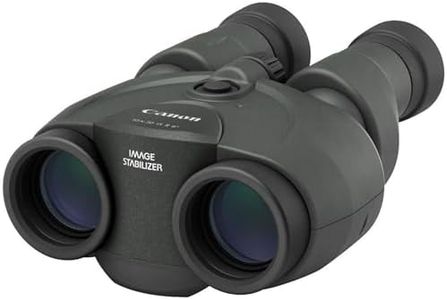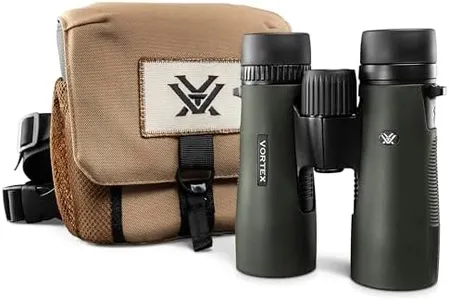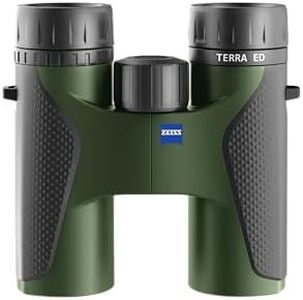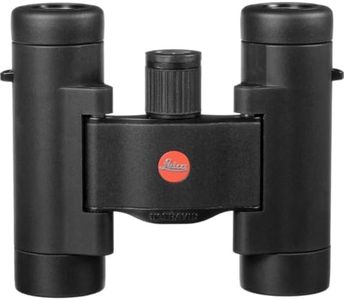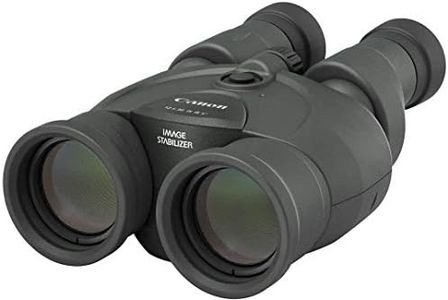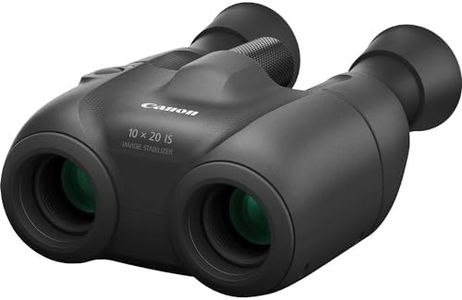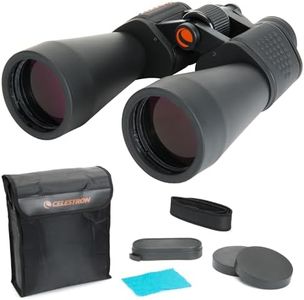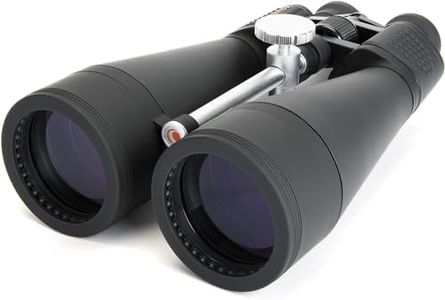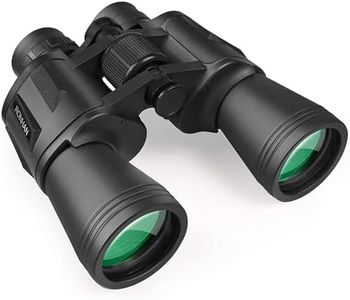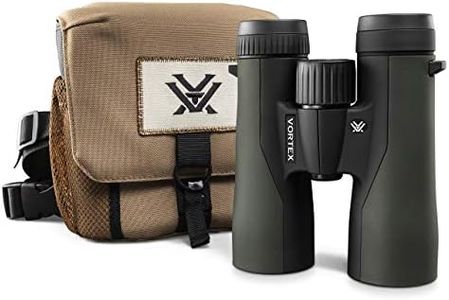We Use CookiesWe use cookies to enhance the security, performance,
functionality and for analytical and promotional activities. By continuing to browse this site you
are agreeing to our privacy policy
10 Best Travel Binoculars
From leading brands and best sellers available on the web.Buying Guide for the Best Travel Binoculars
Picking the right travel binoculars is all about finding the best balance between size, weight, clarity, and ease of use. For travelers, you want binoculars that are easy to carry, robust enough for outdoor use, and provide a clear and bright image without being bulky. Knowing what you'll use them for most often — like birdwatching, sightseeing, or sporting events — will help guide your choices.Magnification and Objective Lens DiameterThis specification is usually shown as two numbers, like 8x25 or 10x32, where the first number is the magnification power and the second is the diameter of the objective lens in millimeters. Higher magnification means things look closer, but can make the image shakier and narrow the field of view. The objective lens size controls how bright and clear the image appears, especially in lower light. For travel, 8x to 10x magnification and lens diameters between 25mm and 32mm are common — these offer a good mix of power and brightness without being too heavy or difficult to hold steady.
Size and WeightSize and weight refer to how compact and portable the binoculars are. Lighter and smaller binoculars are easier to pack and carry on trips, but sometimes this can mean slightly less optical quality or brightness. For travel, lighter and more compact models are usually preferable, especially if you'll carry them all day or pack them in a small bag.
Field of ViewField of view tells you how wide an area you can see when looking through the binoculars, usually measured in feet at 1,000 yards or meters at 1,000 meters. A wider field of view is helpful for following moving subjects or when observing large areas, like during hikes or sporting events. If you expect to use your binoculars for birdwatching or fast action, choose a model with a wider field of view. Sightseeing can often be just fine with a standard field.
Waterproof and FogproofWaterproof and fogproof binoculars are protected against moisture and internal fogging, usually through special seals or nitrogen filling. This is crucial if you travel to places with unpredictable weather, high humidity, or if you plan to use them near water. For most travel, it's smart to look for these features for durability, especially if you won't always be in perfect weather.
Optical CoatingsOptical coatings are special layers on the lenses that increase light transmission, reduce glare, and improve image quality. Coatings like 'fully multi-coated' mean all surfaces have these treatments, leading to brighter, clearer images. If clear and bright viewing is important (for example, on cloudy days or shaded forests), seek binoculars with the best coatings you can find.
Eye ReliefEye relief is the distance you can hold the binoculars from your eyes while still seeing the full image. If you wear glasses, longer eye relief (about 15mm or more) makes it easier and more comfortable to use binoculars. If you don't wear glasses, this is less critical, but still contributes to overall comfort.
Prism TypePrism type usually refers to 'roof' or 'porro' prisms. Roof prisms allow for more compact and streamlined binoculars and are common in travel models. Porro prisms can offer a wider image but are usually bulkier. For travel, roof prism binoculars are generally preferable because they're lighter and easier to handle on the go.

